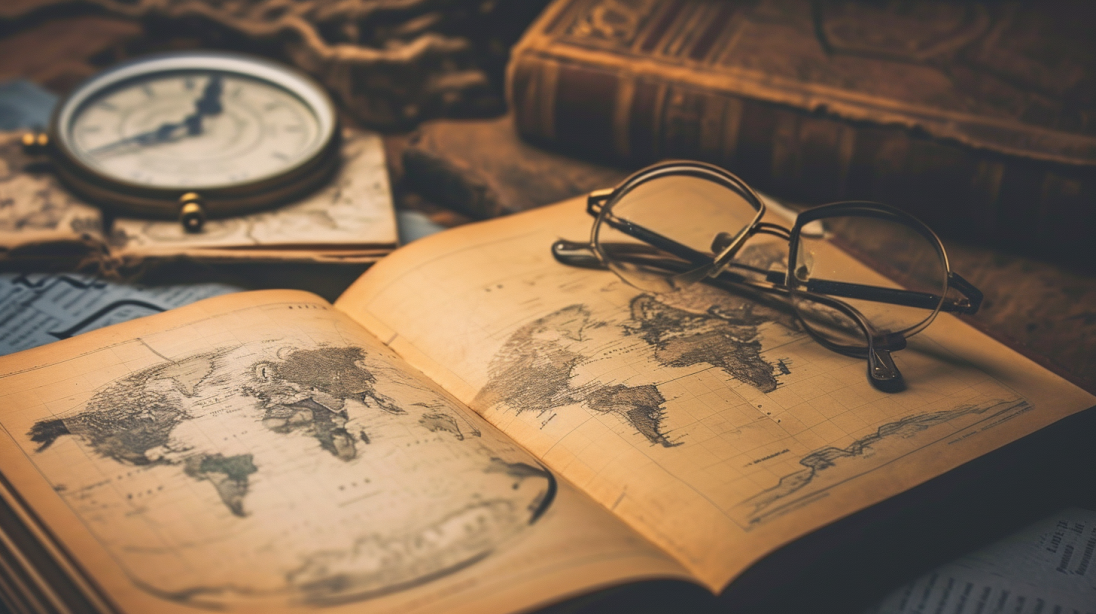G’day, mates! Welcome to the ultimate Aussie Travel Guidebook, where we’ll take you on a fair dinkum adventure across the captivating lands of Down Under. Whether you’re a seasoned globetrotter or a first-time visitor, this guide is chuckers with tips and insights to ensure your journey is as bonzer as can be. So, let’s throw another shrimp on the barbie and uncover the treasures awaiting you in this vibrant and diverse corner of the world.
What is an example of a travel guide book?
Lonely Planet’s guides are a stellar example of a travel guidebook, offering an extensive array of tips for the savvy traveller. These guides are chockers with maps, accommodation insights, and itineraries, guaranteeing you make the most of your holidays, regardless if you’re planning a quick getaway or a proper bush-bash!
Who is called travel guide?
A travel guide, often referred to as a tour guide, plays a pivotal role in the tourism sector, taking adventurers and culture seekers through attractions ranging from the cobblestone alleys of historical quarters to the panoramic vistas of natural landscapes. These knowledgeable locals offer an insider’s glimpse, enriching the journey with stories, facts, and an authentic personal touch that transforms a simple visit into a memorable experience. Whether leading a sun-drenched hike or a stroll through hallowed museum halls, these guides ensure visitors fully immerse in the destination’s charm and significance.
Why do we need a travel guide?
Travel guides are essential as they streamline your holiday experience, ensuring that you can fully immerse yourself in the excitement of exploring new locales without the hassle of logistics. They handle the nitty-gritty details, such as accommodations and itineraries, freeing you to savour the sights and sounds around you. With a guidebook in hand, or a guide at your side, you are equipped to navigate through unfamiliar territories with local insights and tips that enrich your adventure.
What is the meaning of travel guide book?
A travel guidebook is essentially your go-to companion for insights on destinations, offering essential tips on places to visit, local customs, accommodations, and eateries. It serves as a holiday planner, brimming with recommendations and insider advice to help tourists navigate and truly experience the region they’re exploring.
What is the first travel guide?
The pioneering travel guidebook that charted new territory for wanderlustful souls is Bernhard von Breydenbach’s “Peregrinatio in Terram Sanctam,” which translates to Pilgrimage to the Holy Land. Published back in 1486, it’s adorned with illustrations by Reiwich, guiding early globetrotters on their sacred sojourns. Its pages offered a treasure trove of insights, earmarking it as the foremost companion for those venturing to revered destinations of the time.
Who uses guide book?
Travel guidebooks are primarily utilised by travellers and holidaymakers eager to explore new places. They serve as a comprehensive resource offering insights, tips, and recommendations on destinations, catering to those seeking to navigate unfamiliar locations, discover hidden gems, and experience local culture and attractions with confidence.
How do you write a travel guidebook?
To craft an engaging travel guidebook, start with an alluring opener that hooks your audience immediately. Delve into vivid descriptions of destinations, highlighting must-visit hotspots and hidden gems alike. Ensure the information is up-to-date and comprehensive, covering everything from local eateries to accommodation and transport options. Weave in personal tales and narratives to give your guide a unique flavour, inviting readers to immerse themselves in the journey you’re portraying. Don’t forget to sprinkle in practical tips and cultural insights, providing a well-rounded resource that’s both enjoyable to read and invaluable for trip planning.
What type of writing is a travel guide?
A travel guide is essentially a written compendium filled with insights, directions, and tips about destinations, typically aimed at aiding tourists in navigating new locations. It pulls together practical information about accommodations, eateries, attractions, activities, and transport, and might also delve into local customs, language, and history, serving both as a planner and companion for adventurers and holidaymakers.
How do you start writing a guidebook?
Alright, kick things off by jotting down what’s already in your noggin. Don’t be too fussed about precision just yet; you’ll tidy that up later. Chuck all your thoughts into a very basic first draft. Then, move on to dive deep into your research, and make sure every bit of info is on the money. After you’ve got your facts straight, get stuck into proofreading, paying close attention to the nuts and bolts of your writing. When you’re convinced it’s a fair dinkum effort, off it goes – your travel guidebook is ready to see the world!
What is travel writing examples?
Travel writing spans a diverse range, from Alice Meynell’s reflective By the Railway Side to the humorous and observational style found in Bill Bryson’s Neither Here Nor There. Such narratives often include evocative lists and detailed place descriptions, as evidenced in William Least Heat-Moon’s compelling exposition on various locales. Ford Madox Ford offers a panoramic view in London From a Distance, while Rupert Brooke captures the majestic essence of Niagara Falls. For a vivid portrayal of urban life, Thomas Burke’s Nights in London is quintessential, and for philosophical musings intertwined with travel insights, one might turn to Of Travel by Francis Bacon. These pieces aren’t just about the places; they capture experiences, painting scenes for the reader that are as informative as they are entertaining—true hallmarks of an exemplary journey guidebook in prose.
What should a travel guide have?
A top-notch travel guidebook should offer comprehensive insights into destinations, accommodations, eateries, transport options, and activities tailored for tourists. It can also deep-dive into a nation’s heritage, etiquette, monetary system, and linguistic nuances, equipping international roamers with the essentials to navigate new terrains like a local. This handy companion empowers jet-setters to craft memorable itineraries and connect with cultural hotspots, ensuring a fair dinkum experience.
What is the most important thing in travel?
Absolutely, when you’re hitting the road for an adventure abroad, the one essential you mustn’t forget is your passport. It’s your golden ticket to explore diverse landscapes, immerse in local cultures, and create lifelong memories – it’s the cornerstone of your travel documentation. Always ensure it’s valid, secure, and ready to unlock the doors to global exploration.
Conclusion
So, if you’re planning a ripper adventure Down Under or anywhere else, make sure to grab a fair dinkum guidebook. With it in hand, you’ll be set to unlock a treasure trove of local insights, unmissable destinations, and practical tips that’ll turn your travels into an absolute corker of an experience. From the cobblestone alleys of historical quarters to the panoramic vistas of natural landscapes, a travel guidebook infuses your journey with stories, facts, and an authentic touch, ensuring you’re all set for a bonza time wherever you go. Cheers to unforgettable travels, mate!


Stay connected